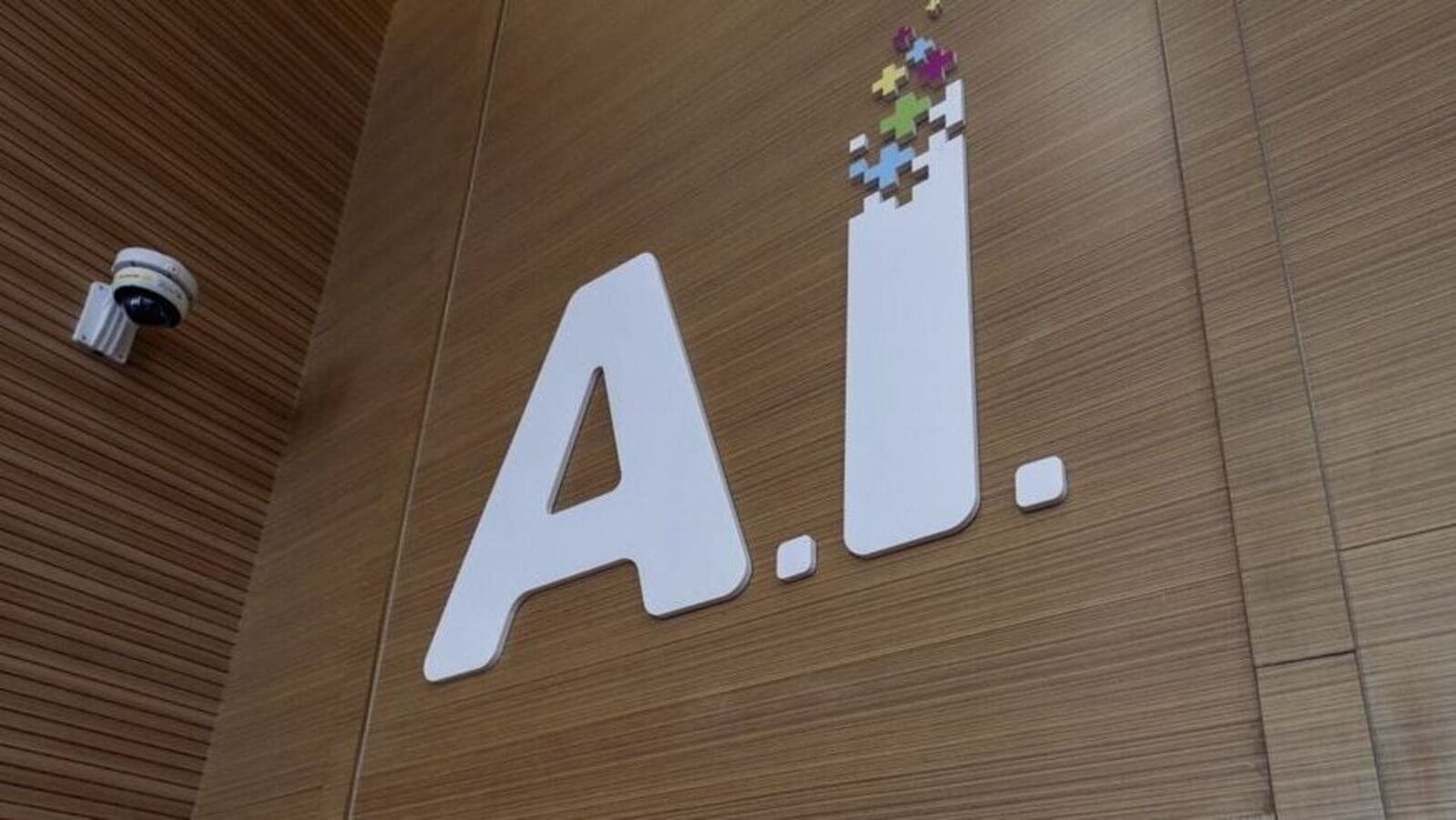Zomato has stopped using AI-generated food images. Artists and others have also spoken out against such images. While there may be compelling reasons to use AI-generated images in some cases, platforms must ensure transparency. Mint explains:
Why did Zomato ban AI-generated food images?
It was in response to customer complaints about artificial intelligence (AI)-generated food photos. In a post on X, Zomato CEO Deepinder Goyal said, “One place where we strongly discourage the use of AI is in dish images on restaurant menus. AI-generated food/dish images are misleading and we have received numerous customer complaints on this issue.” This leads to a breach of trust and increased complaints, refunds, and also lower ratings. The platform has urged restaurants to avoid using AI for dish images. Zomato will begin removing such images by the end of August.
Read more: Indian Generative AI Startups Look Beyond ChatGPT-Like Models
What’s the problem with AI images?
Software has been used to enhance images over the past few decades, but AI is not just about enhancing an image – it is about much more. AI-generated images present many problems: they can make the real image look “unreal”, lead to fakes, mislead users, create mistrust, and can lead to copyright issues. They can also harm those who create real works, from loss of creative control to ambiguity over ownership. When it comes to branding, marketing, etc., where consumers make decisions based on what they see, such as on e-commerce sites or food apps, AI-generated images can be misleading.
How to identify an AI-generated image?
It’s not easy. It’s about using good AI to spot bad AI. When experts examine an image for AI signals, they try to zoom in as much as possible on every part of the image. Strange contours, inconsistent pixels, and misplaced shapes can all identify an AI-generated fake. According to Nexcess, a web hosting company, even AI-savvy people could identify images with AI only 50% of the time.
Read more: What Ola founder Bhavish Aggarwal’s ‘launch’ of AI chip means
What is the regulation on this type of images?
Content created by generative AI is generally considered to be in the public domain and free of copyright because it has no human authorship. India has no laws on generative AI, such as deepfakes. Instead, it has a number of advisories and guidelines to encourage responsible development and deployment of AI technologies. It is up to brands not to misuse the images, such as making hotel rooms look better than they actually are or tourist spots look like an El Dorado. This will affect the brand’s reputation.
What is the future of AI-generated images?
Zomato’s ban also applies to its marketing team, which has been ordered not to use AI-generated images for commercial purposes. AI image generators will have to prioritise transparency and fairness in image generation processes, ensuring that images are inclusive, representative, respectful of diverse perspectives and identities, and real. There will be ways to help users spot an AI image (such as a watermark). It is up to image generation platforms like DALL-E, Midjourney, and Nightcafe to ensure transparency.
Read more: Artificial intelligence: not a fad, but an economic catalyst
Disclaimer:
The information contained in this post is for general information purposes only. We make no representations or warranties of any kind, express or implied, about the completeness, accuracy, reliability, suitability or availability with respect to the website or the information, products, services, or related graphics contained on the post for any purpose.
We respect the intellectual property rights of content creators. If you are the owner of any material featured on our website and have concerns about its use, please contact us. We are committed to addressing any copyright issues promptly and will remove any material within 2 days of receiving a request from the rightful owner.

